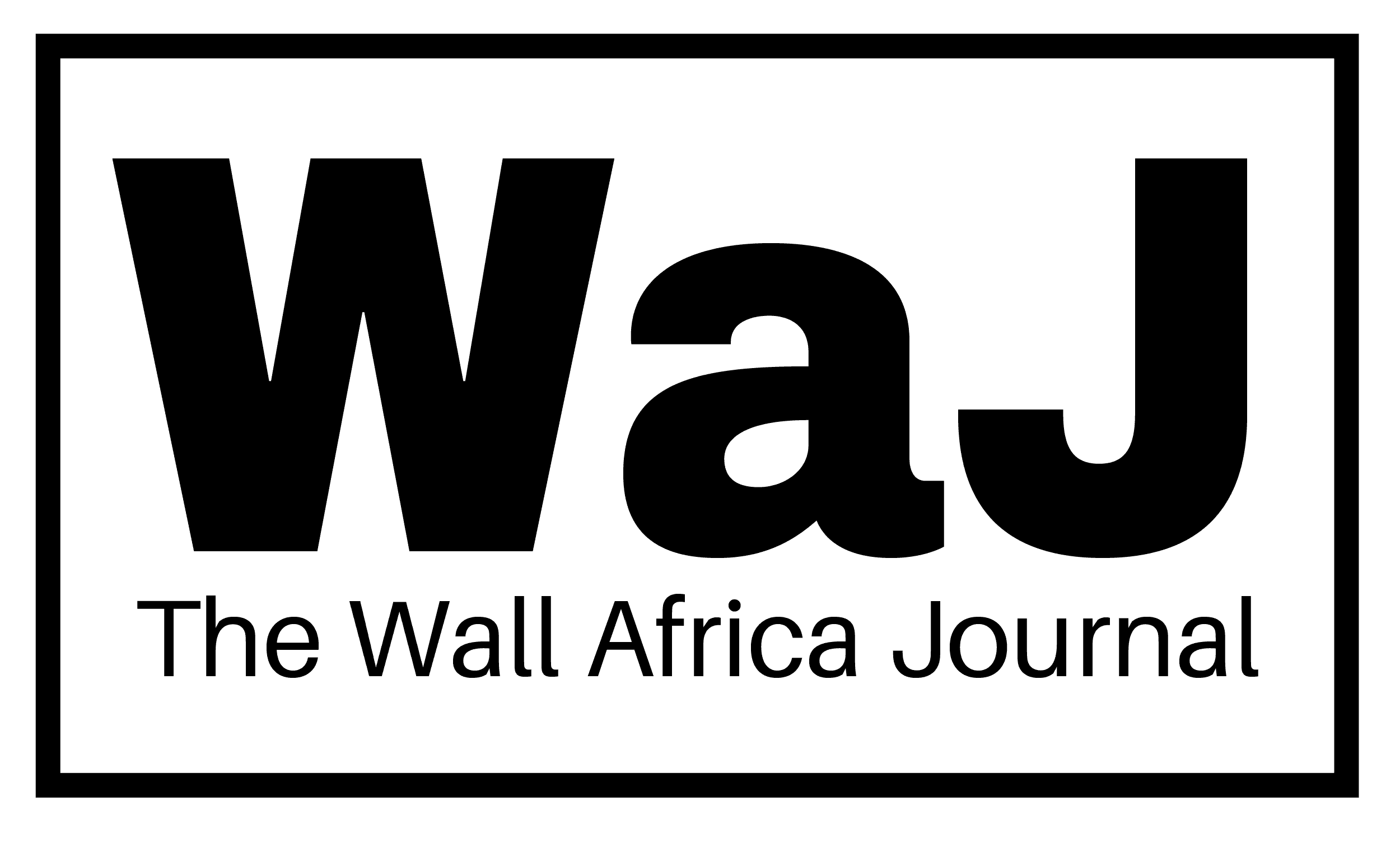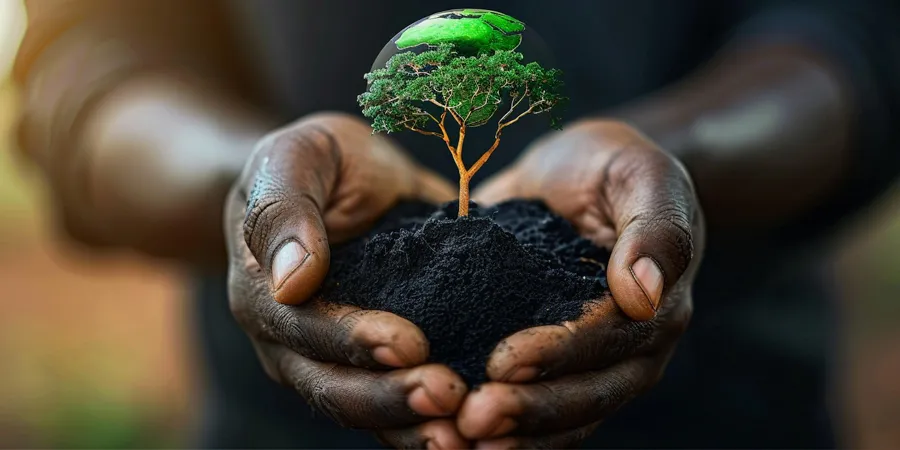Rwanda has unveiled its revised Green Growth and Climate Resilience Strategy (GGCRS) as part of efforts to transition the country into a low-carbon, climate-resilient economy by 2050. The new strategy, announced at a high-level policy dialogue in Kigali, aims to catalyze private sector involvement while addressing the evolving climate challenges facing the nation.
The updated GGCRS, which was first introduced in 2011 and revised in 2023, emphasizes sustainable development and sets a clear roadmap for Rwanda’s green growth aspirations. A central component of the revised strategy is a detailed financing plan that seeks to mobilize both domestic and international capital to support the country’s green initiatives.
Rwanda is projected to need $2.2 billion annually to implement the strategy, with $700 million expected to come from the government budget. The remaining funds are targeted from private investors and international sources. The plan includes key focus areas such as green industrial development, sustainable urbanization, resource management, and resilient rural livelihoods.
William Mugabo, a key figure behind the strategy’s revision, highlighted that private sector investment will be critical in realizing Rwanda’s green ambitions. “We are now focusing on projects designed to appeal to private investors,” Mugabo stated, underscoring the government’s shift away from donor dependence toward large-scale, private-driven funding.
Rwanda Green Fund CEO, Teddy Mpinganzima Mugabo, emphasized the need for a diverse financial ecosystem to attract various funding sources, including loans, grants, and public-private partnerships. She noted that lessons from previous initiatives will help streamline future projects, ensuring long-term sustainability.
Faustin Munyazikwiye, Deputy Director-General of Rwanda’s Environment Management Authority (REMA), pointed to the strategy’s commitment to reshaping how climate projects are planned, coordinated, and tracked. He criticized previous efforts for being reactive and stressed the need for more evidence-based, long-term planning.
Minister of Environment, Valentine Uwamariya, reinforced the importance of private sector engagement and climate finance in achieving the strategy’s goals. “The key to success lies in unlocking climate and nature finance and fostering coordinated investments across sectors such as climate-smart agriculture, infrastructure, and land management,” Uwamariya said.
The updated GGCRS also places significant emphasis on managing natural resources, particularly in climate-sensitive areas. With over 74 percent of Rwanda’s land used for agriculture, the strategy aims to ensure sustainable land use and improve livelihoods, while fostering the preservation of natural resources like water and soil.
Looking ahead, the government plans to shift from an extractive approach to resource management, focusing on value-added industries and greener, more efficient production methods. Uwamariya emphasized that the monitoring and evaluation systems will play a crucial role in tracking outcomes, ensuring accountability, and building trust among investors.
The revised GGCRS is aligned with other financial frameworks, such as the $11 billion Rwanda Green Taxonomy and the $3 billion Climate and Nature Finance Strategy, which are aimed at attracting private investments into sustainable green projects across the country.
This comprehensive approach positions Rwanda as a key player in global efforts to combat climate change while ensuring that the country remains on track to achieve its ambitious green growth targets by 2050.



